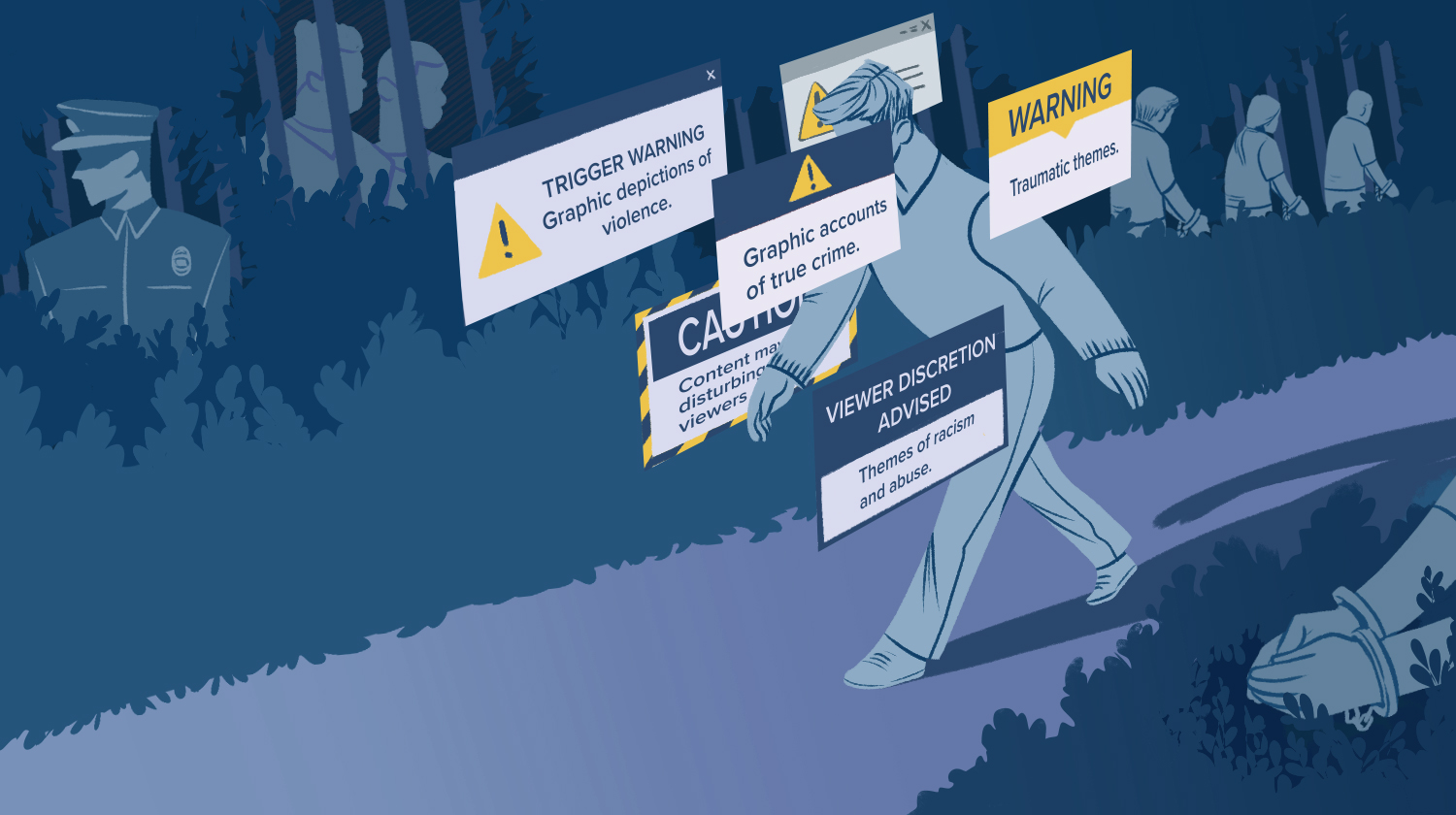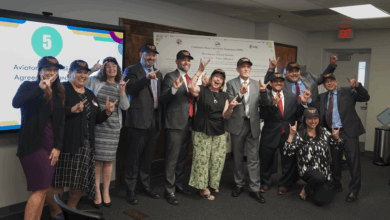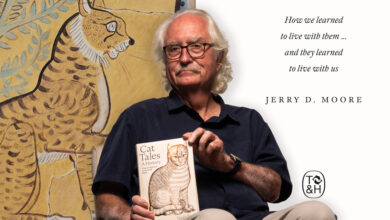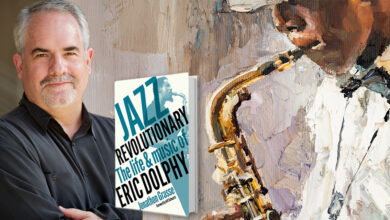
The use of trigger warnings–brief statements informing students of potentially distressing or re-traumatizing content–in education have grown in popularity over the last decade, as educators attempt to engage students in controversial or sensitive topics without causing undue stress or anxiety. But do they really work? That’s the question that Mara Lee Grayson, CSUDH assistant professor of English, asks in her new book, “Race Talk in the Age of the Trigger Warning: Recognizing and Challenging Classroom Cultures of Silence.”
The conclusions she reaches may be surprising to some. “Most of the empirical psychological research demonstrates that it doesn’t help students deal with trauma or anxiety. Some studies have actually shown that trigger warnings have an ill effect,” says Grayson.

One of the main problems with trigger warnings, says Grayson, is “they’re just not effective. They’re not grounded in trauma psychology. They should be, and most people think that they are, but there’s a big difference between their conceptualization and their implementation. The ways that they’re used don’t generally fit with what we know about psychology and trauma.”
Grayson’s book is among the first to subject the idea of trigger warnings to rigorous research and study. “There’s not been a great deal of empirical research,” she says. “Trigger warnings rose up from Internet culture and became a thing in classrooms without really being studied.” She hopes that her book will serve as a starting point for more research and informed discussion.
As Grayson explains, the idea of trigger warnings arose from concepts about Post-Traumatic Stress Disorder (PTSD). But “triggers are not necessarily predictable or consistent. It’s not as simple as someone who was sexually assaulted by a man is triggered by men or by discussions of sexual assault. It’s not as direct as that.”
“Triggers are actually very idiosyncratic. It might be a smell, it might be a particular sound,” says Grayson. “Because of that, they are incredibly difficult to predict.”
Also, not everyone deals with triggers in the same way, according to trauma psychologists. “There’s something called avoidance coping,” says Grayson. “That tends to be how many people deal with triggers – just by essentially avoiding anything that reminds them of the trauma. So in some ways you could argue that trigger warnings actually perpetuate that behavior.”
From Grayson’s perspective as a “racial literacy educator,” she finds another aspect of trigger warnings to be problematic. “The concept of the trigger warning is framed within a white, Western way of understanding trauma that doesn’t account for the ongoing nature of racial trauma. Based on my research, they tend to be used much more often in white spaces by white instructors. At the same time, among the most common topics that are prefaced with a trigger warning are racism and racial violence.”
“Essentially, they’re being used to preface racism or discussions and depictions of racism, but for whose benefit?” asks Grayson. “I would argue that they really cater not to the students who experience racism, because those students deal with racism every day, including in the classroom, and are more likely to have developed coping strategies. They’re actually for the benefit of white students, and in that way the trigger warning really caters to white fragility.”
Grayson describes what have been identified as “white fragility behaviors,” including defensiveness, withdrawal, opting out, and leaving the conversation. “The trigger warning tends to cater to white students, because it allows for behaviors white students already use during race talk,” she says. “The classroom space is already marginalizing to people of color, so even if the use of the trigger warning may help individual students, it doesn’t actually change anything on a structural level.”
One of Grayson’s goals with the book is to offer different, more concrete approaches that actually work in addressing student trauma and racism in the classroom.
She suggests that rather than assigning trigger notices to specific texts, professors include a “content note” in their syllabus, similar to those at the beginning of television shows. “If educators feel there really is something in their syllabus or in their classroom that’s going to be difficult for the students, framing it as a broader statement is a little more beneficial,” Grayson says. “Then, students know going in that they have to figure out the best way for themselves to engage throughout the semester, rather than finding a particular trigger warning for a particular text.”
As a writing instructor, one of Grayson’s main interests is examining how language is addressed in the classroom. How are students being encouraged to write? Are they being asked to use “standardized” English or are they allowed to use their own language practices? How much are their own stories invited into the classroom?
Grayson acknowledges that many professors find it culturally relevant to let students bring their own stories into the classroom. She wants her fellow educators to delve deeper into the matter, asking “How do we do that? Do we invite students to share their trauma? Because that can be very triggering, and it’s not exactly equitable for students to be pressured to share stories of trauma. Or do we ask students to write about the concept of trauma?”
To Grayson, the best solution is always giving students options. “Let students determine how they’re engaging. One of the things that I suggest is to really encourage the students to interrogate the concept that we are talking about, such as communication style, for example. What do you notice about the ways that we communicate? Even within their own personal communications, are there particular words that bother them? How do they react? Why might they react that way?” Inviting the students more into the conversation is the key to handling sensitive topics, she argues.
Grayson’s book is being released at a critical juncture for race relations in this country, and she believes it can add an important element of scholarship to the discussion. “We’re at a time right now where these conversations are happening on a large scale, in ways that to my knowledge haven’t happened as explicitly before, at least not in recent history. I think it gives us an opportunity to really get in the work, more broadly than just individually.”









